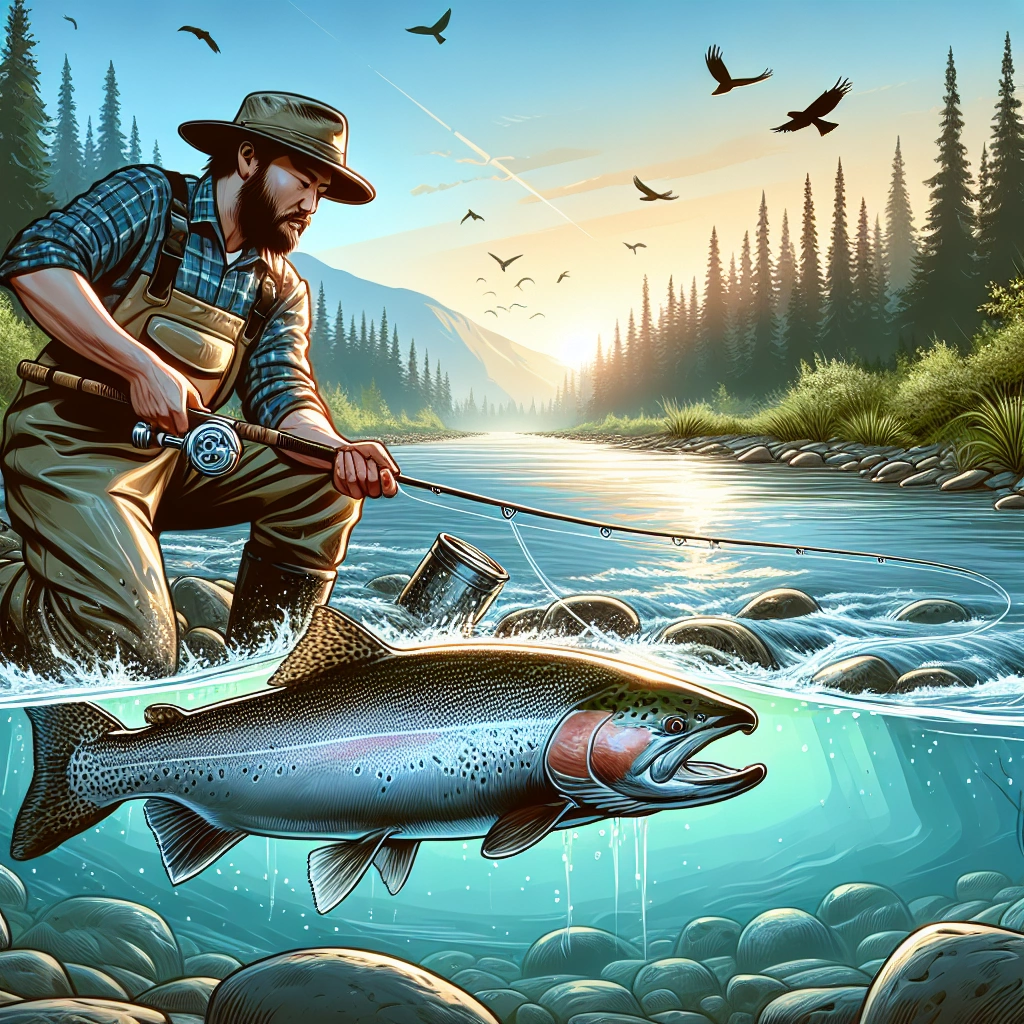Hey Hingol :). Hope you recover soon. I guess a lot of people will get COVID and all we can do is hope for the best.
Did you get your T-shirt? (I am still a little embarrassed that I offered you a T-shirt before asking Mark first. My bad 😊 )
Good question.
Using a heavier leader has a number of advantages. It is at the working end. If the fish goes into rocks or round something there is less chance of being broken off. So a heavier leader is more resistant to abrasion as the fish is fighting. Imagine the fish compared to where you are. If any part of the line is going to make contact with rocks etc, it will be the first 10 to 15 feet. Past that will be clear line between you and the fish if that makes sense.
Then, when you are landing the fish, again it is the working end that will make contact with rocks or jetty etc. Even a landing net !! Think of using a landing net. It is only the working or terminal end of the line that will ever contact the net, so you want it to be strong and thick to take that contact.
There is also lifting power...Say you are using 10lb line and you hook a 5lb fish. That fish can easy exert 3 times it's body weight by flapping about. So it could put 15lb of pressure on the line when lifting clear from the water...But if you have say 20lb leader the fish will not break the line no matter how much flapping and pressure it can do. Oh, that is assuming you use enough leader to be able to wind on to the reel before lifting.
Using a lighter leader...Your example is 80lb main line and 50lb leader. There is nothing wrong with that. In fact, if I was using an 80lb main I would probably go with a 25 or 30lb leader. The reason being that heavier line cannot present the bait or lure properly. 80lb line will always be "stiffish" in the water and the bait will not look right (fish are fussy - if it does not look right).
A good example of using a lighter leader is fly fishing. The main line might be 30 or 40lb (but they measure it by weight as in the actual weight of the line) but the leader might be only 3 or 4lb. That is because anything over 3 or 4 or 5 lb etc would not allow the bait or the fly to be presented to the fish and look right....That is one of the main reasons you will see fly fishermen trying to hold the rod so high whilst "netting" the fish. It is to keep the leader from contacting the net.
Then there are the "toothy" fish. Often a very short, say 12 inch, steel leader is the go. But they are usually called a "trace". But it is still just a leader made of steel and very short.
As for breaking and losing line...It is par for the course...However, the weakest point is the breaking point !!! That is going to be your knot.
You can set up the rig to break at a certain point by using a weak knot. That is of course assuming the knot is above the snag causing the problem, but that is fishing!! Some knots will give 95% breaking strain and some 50% and all in between....So say you wanted to use 50lb main with an 80lb leader. You could use a 50% knot like the old granny knot which would break at 40lb leaving the main line at 50lb intact.
Hope you start to feel better soon. Take care mate 😊





